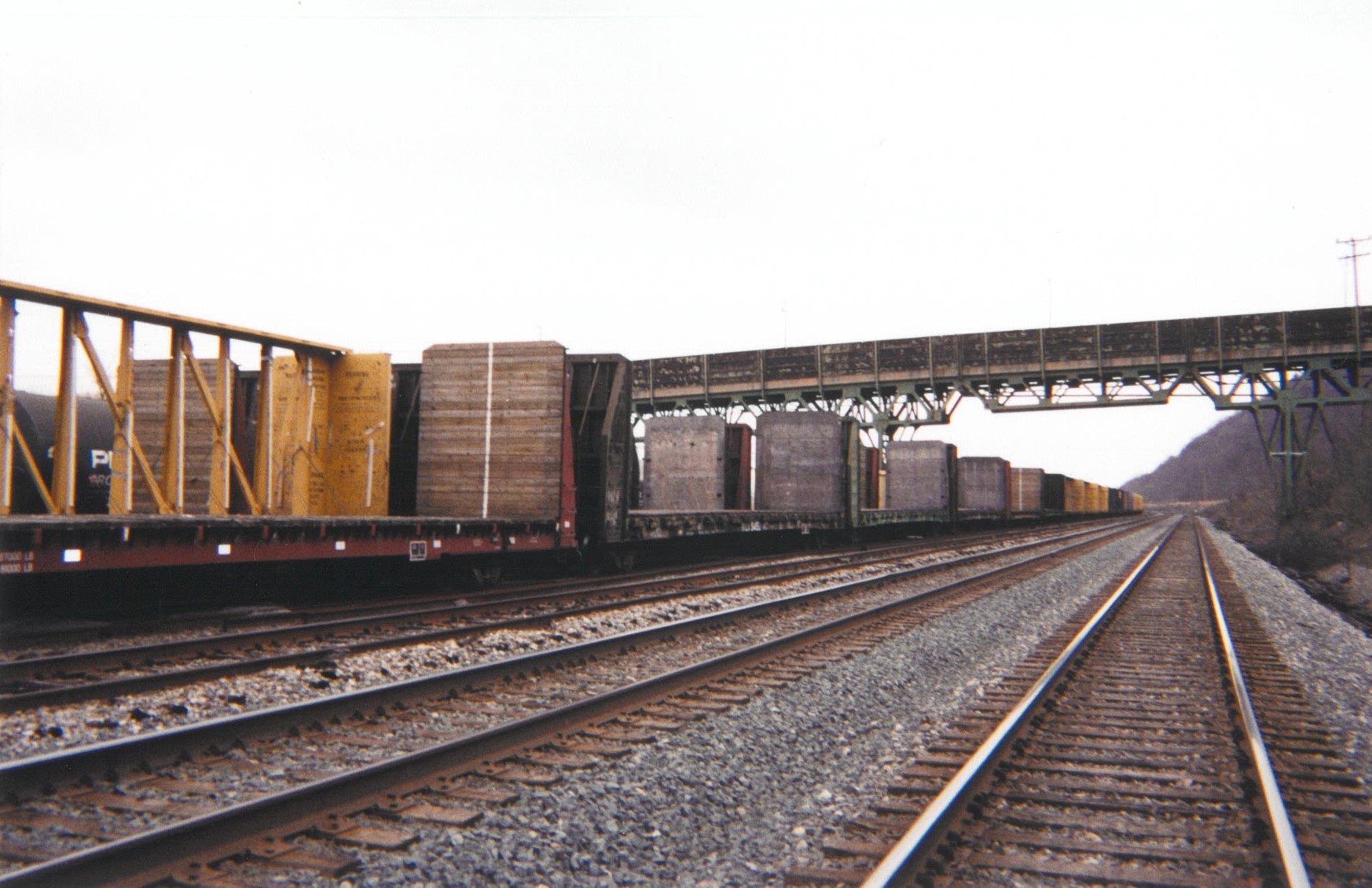
The time limit for bringing a claim or lawsuit under the Federal Employers Liability Act is three years. This is called the statute of limitations, and more information is available here.
For most injuries on the railroad, this is usually (but not always) an easy calculation – a lawsuit must be filed by the third anniversary of the accident. This calculation can be much more complicated for a claim for a disease caused by railroad exposures. The time limit to bring a claim is still three years, but this three year time limit doesn’t necessarily start the day the worker or retiree is diagnosed with a disease. This is because of the “discovery rule”. The discovery rule applies to prevents the potentially unfair result where a time limit might expire before the worker/retiree realizes that he or she might have a claim.
A railroad retiree might not realize that a cancer diagnosis today is due to asbestos, diesel exhaust or chemicals from their railroad career. This is particularly true for those who retired more than a decade ago. People are more concerned with their cancer treatment options in the immediate aftermath of a cancer diagnosis. Courts have understood this problem throughout the years and the resulting solution is that the time limit for a railroad worker with cancer to bring a claim is still three years – but the time doesn’t start to run until the worker/retiree knows or should know that railroad exposures caused or contributed to the disease.
The phrase “should know” is important here. This puts an obligation on the worker to be reasonable in looking into the causes of the disease. The worker must be able to explain why he or she did not know the cause for a period of time, and the circumstances that then led them to discovering the link with the railroad.
Calculating the statute of limitations, or time limit, to bring a claim against the railroad can be complicated. Contact us today for a free consultation on your claim.





